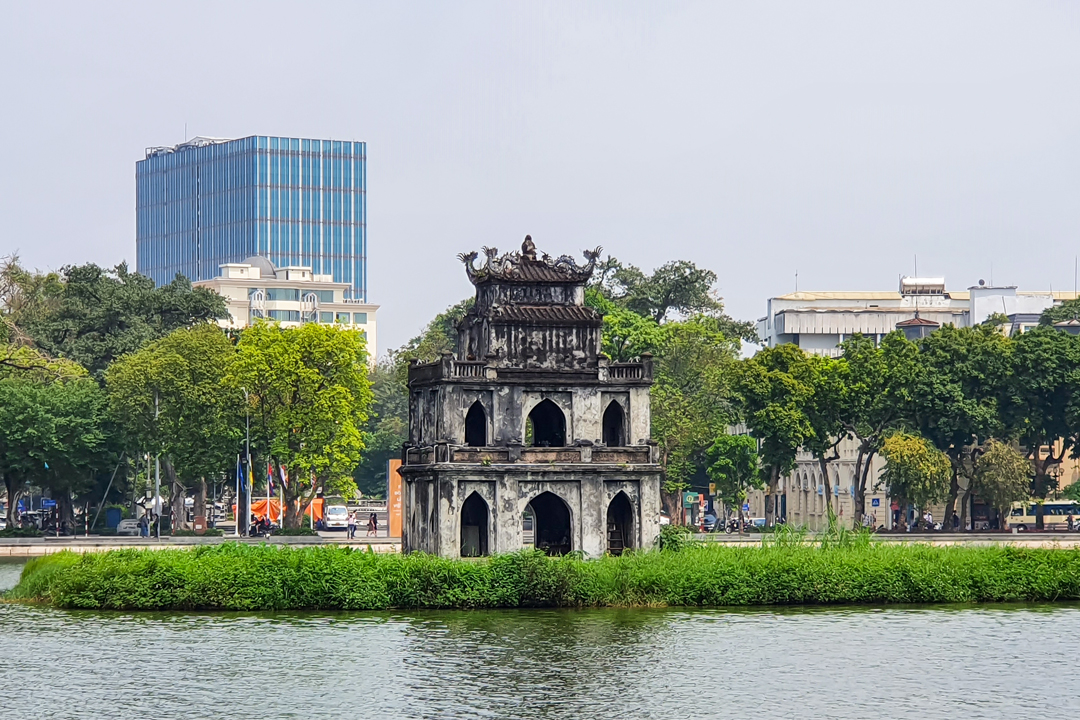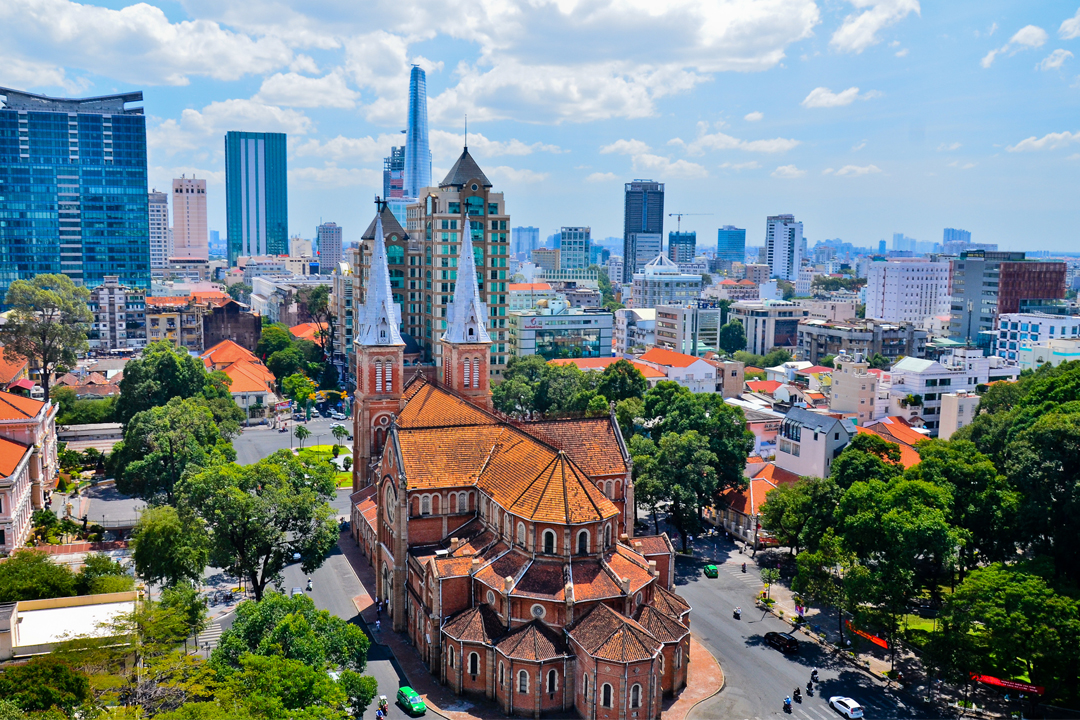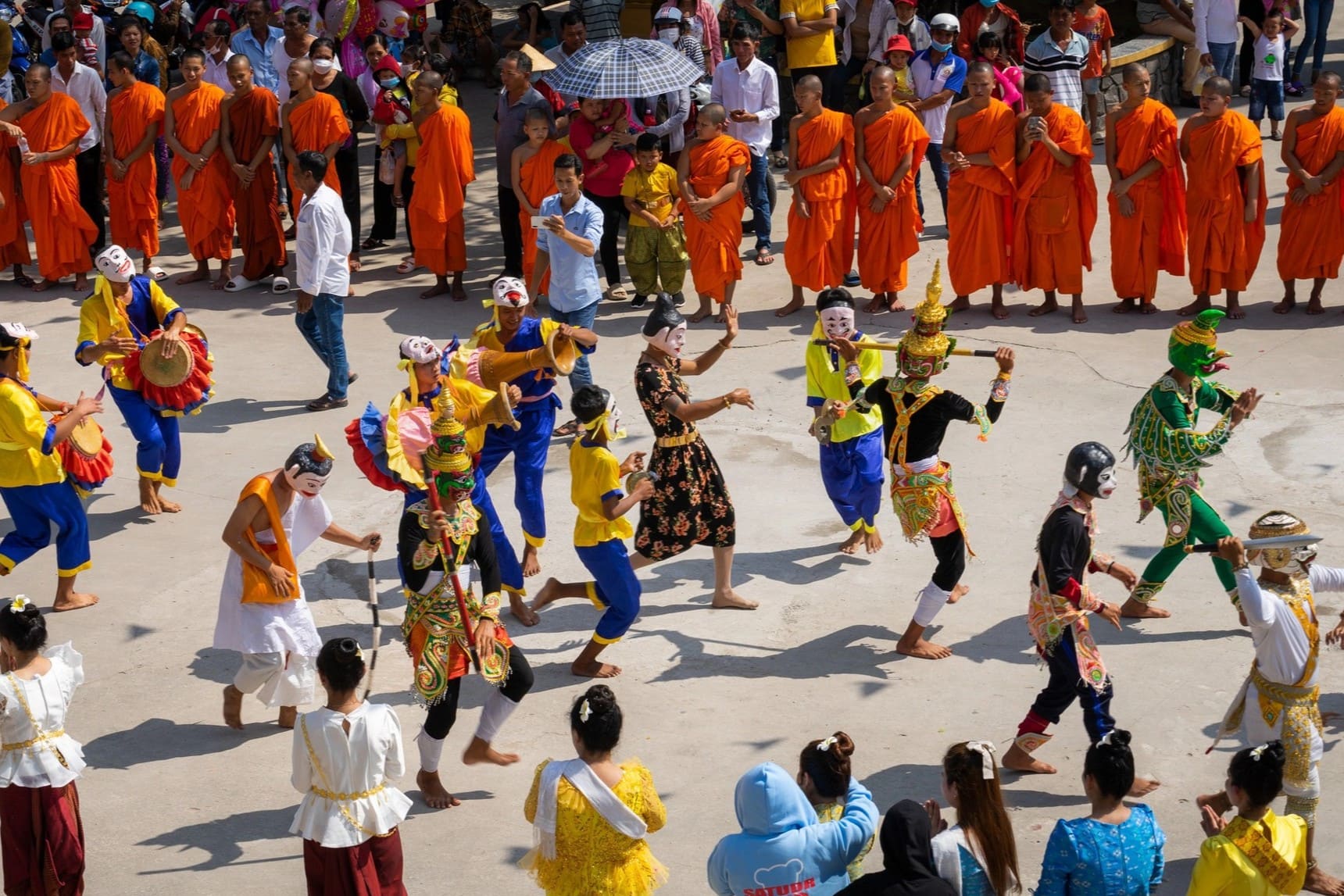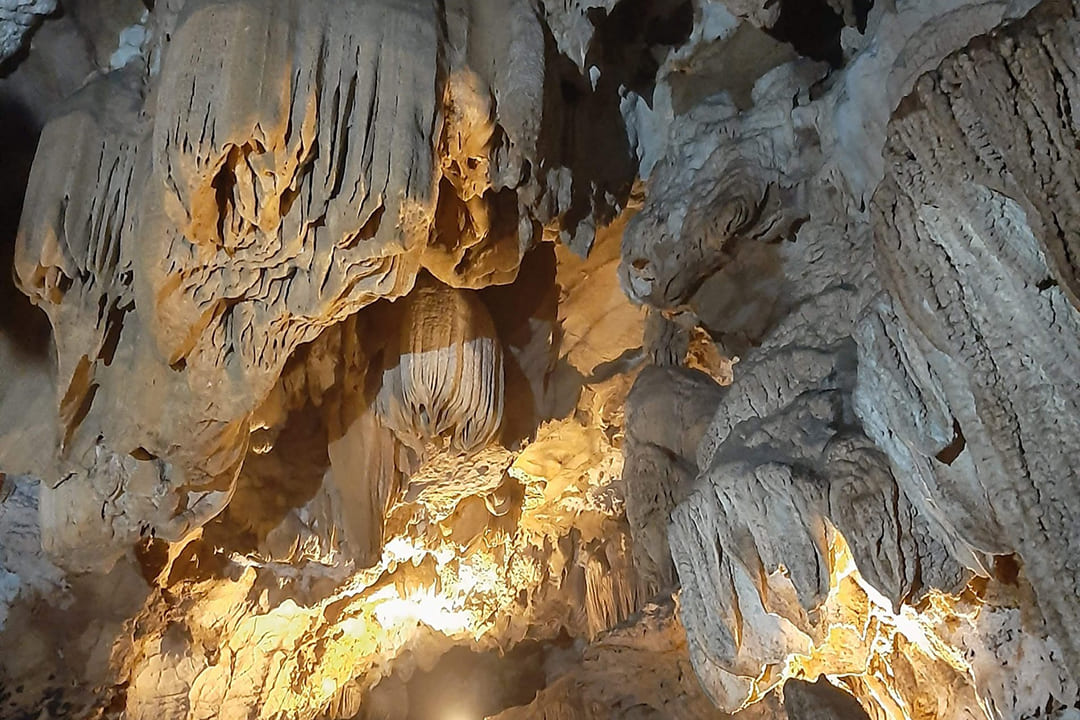Jan - 23 - 2025
Cat Ba National Park is a remarkable haven of natural beauty and biodiversity, nestled within the breathtaking Ha Long Bay area, a UNESCO World Heritage Site. Located just 45 kilometers east of Hai Phong City and 150 kilometers southeast of Hanoi, this expansive park spans over 17,000 hectares of terrestrial and marine ecosystems. With its striking limestone formations, dense tropical forests, and vibrant marine life, Cat Ba National Park offers a captivating escape into nature for all who visit.
Established in 1986, the park is celebrated for its ecological importance and diverse recreational opportunities. You can explore its rich wildlife, hike scenic trails, and paddle through serene waterways. The area’s unique blend of rugged landscapes and lush greenery creates an ideal outdoor exploration and relaxation setting. Each season brings its charm, making it essential to plan your visit during the most suitable time to fully appreciate the park's splendor.
This guide of GTrip provides an in-depth look at Cat Ba National Park, covering top activities, the best times to visit, and practical travel tips for an unforgettable trip. From thrilling adventures to serene moments in nature, this ultimate resource will help you uncover the wonders of one of Vietnam's most iconic destinations.
4 things to do in Cat Ba National Park
Cat Ba National Park is an exciting destination for nature lovers, offering a wide range of Cat Ba park activities. Here are some top things to do in Cat Ba National Park.
1. Trekking the Cat Ba National Park trails
Trekking through Cat Ba National Park is one of the most popular activities. With numerous trails that weave through lush forests and rugged landscapes, you can enjoy breathtaking views and explore the diverse ecosystems of the park. The trekking Cat Ba National Park routes range from easy walks to more challenging hikes, making it suitable for all levels of adventure. The path to the top of the highest point, Mount Ba Na, offers a panoramic view of the park and surrounding waters, making it a must-do for outdoor enthusiasts.
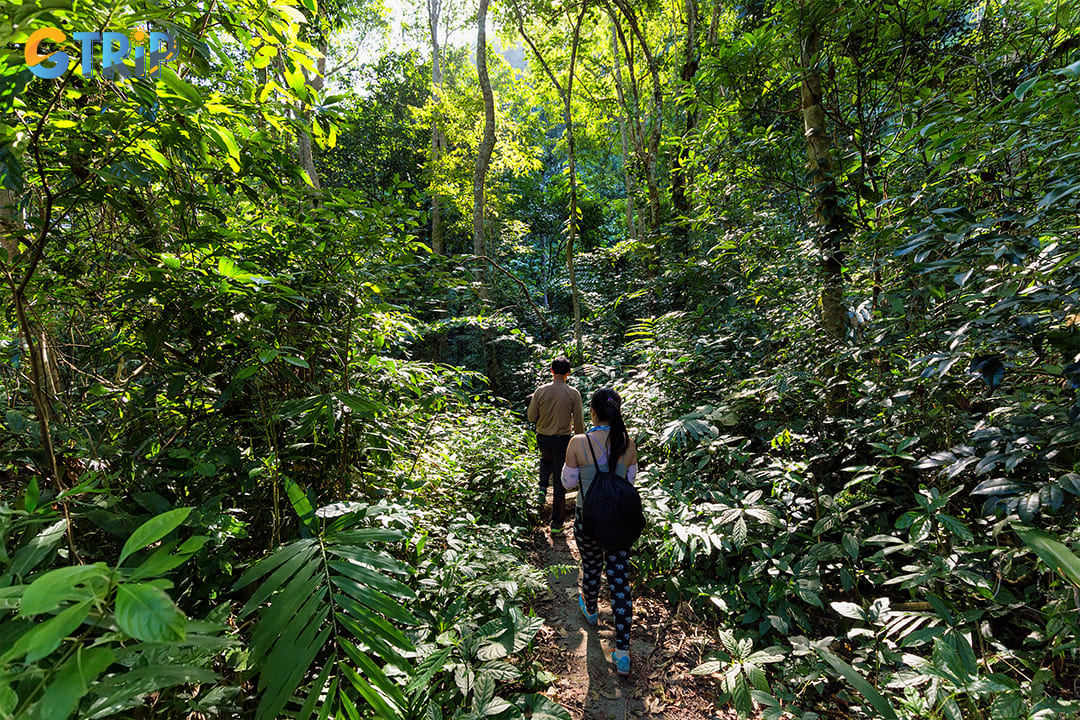
Trekking through Cat Ba National Park is one of the most popular activities
2. Wildlife viewing in Cat Ba National Park
For those interested in Cat Ba wildlife, the park is home to a rich variety of species, including the endangered Cat Ba langur, a critically endangered primate. You can join guided tours to observe these rare animals in their natural habitat. The park is also home to various bird species, reptiles, and marine life, making wildlife viewing an exciting experience for nature enthusiasts.
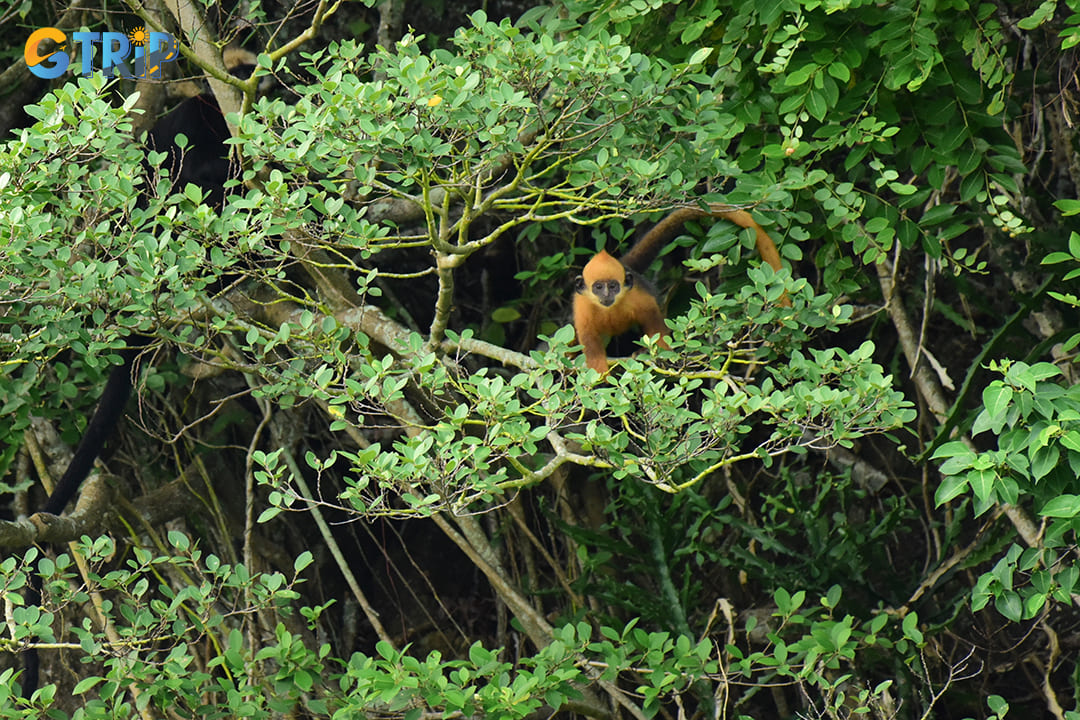
The endangered Cat Ba langur is a critically endangered primate
3. Exploring the biodiversity of Cat Ba National Park
Cat Ba National Park boasts remarkable biodiversity, housing a vast array of plant and animal species across its tropical forests, limestone mountseains, and coastal areas. The park is home to 338 terrestrial animal species, including 53 mammals, 205 birds, 55 reptiles, and 25 amphibians. Among them, 36 species are rare and endemic, listed in the Vietnam Red Book and the IUCN Red List. Among its most notable inhabitants is the critically endangered Cat Ba langur, one of the 25 most endangered primates in the world.
In addition to its terrestrial life, Cat Ba National Park harbors an impressive marine ecosystem, with over 1,131 marine species. This includes 196 fish species, 193 corals, 538 zoobenthos, 75 seagrasses, 199 phytoplankton, 89 zooplankton, and 23 mangroves. The park is also known for its sea specialties like squid, lobster, crab, pearl shells, blood ark, and snout otter clam. Exploring these habitats provides a unique chance to experience Cat Ba Island's ecological richness, from towering trees and medicinal plants to vibrant marine life.
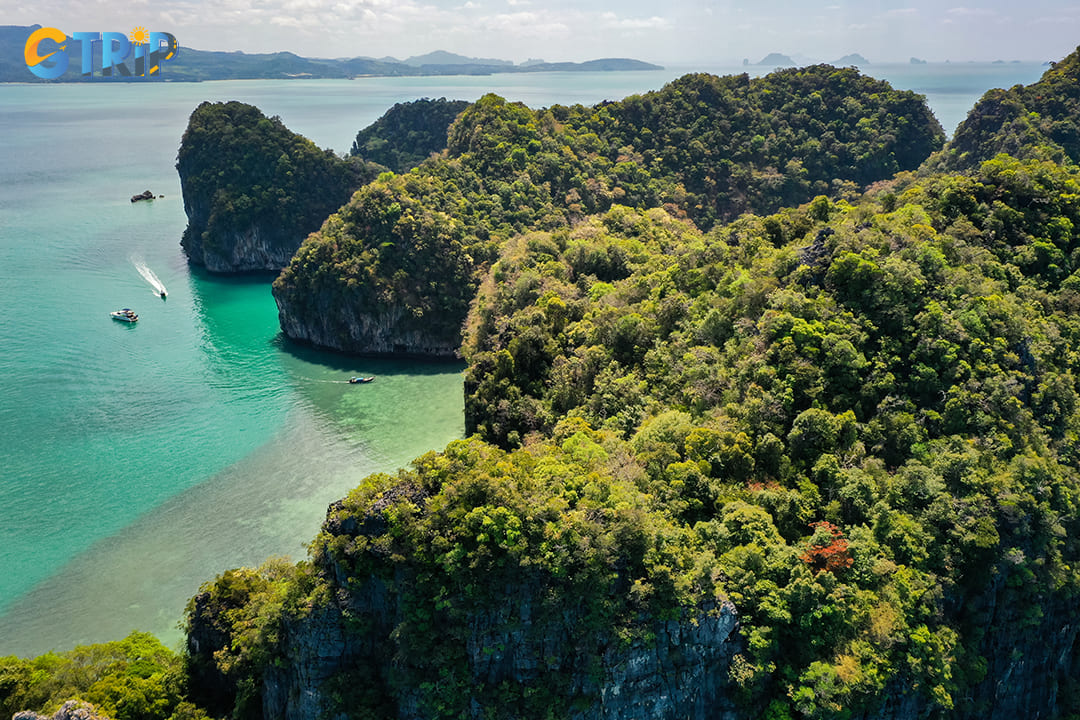
Cat Ba National Park boasts remarkable biodiversity, housing a vast array of plant and animal species across its tropical forests
4. Participating in eco-tourism in Cat Ba
Eco-tourism in Cat Ba is a growing trend, encouraging responsible travel and conservation efforts. You can take part in eco-friendly tours that focus on sustainability, conservation, and environmental education. These tours offer an in-depth look at the park’s natural beauty while promoting efforts to protect its fragile ecosystems. Participating in these tours ensures that the park's unique biodiversity remains preserved for future generations.
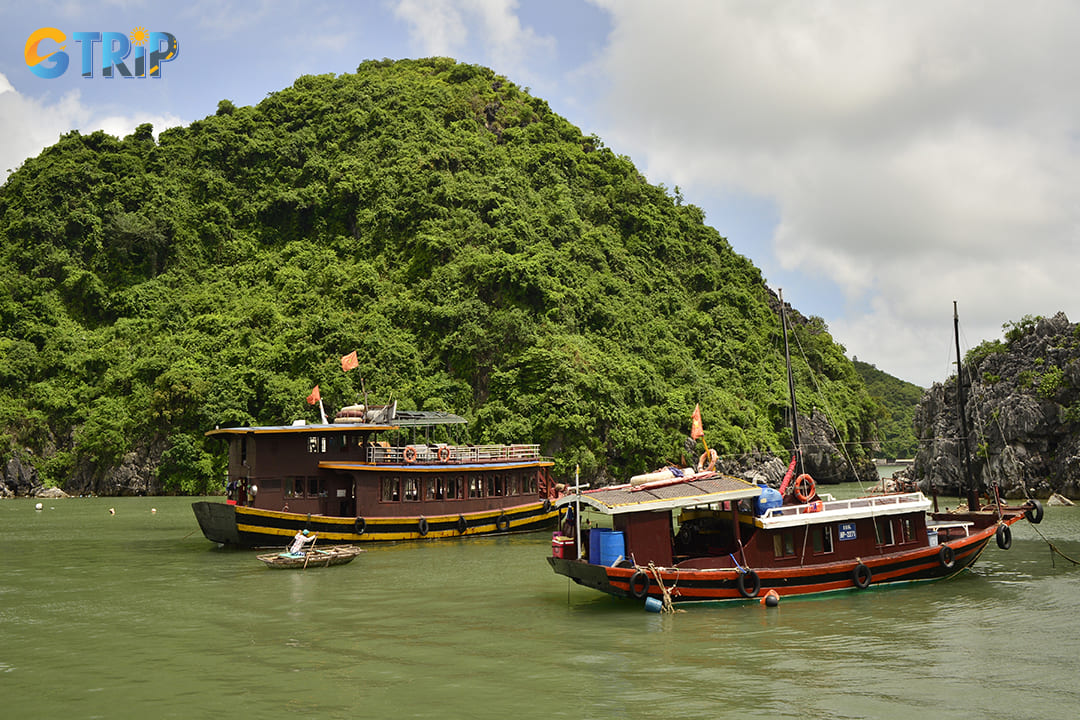
Eco-tourism in Cat Ba encourages responsible travel and conservation efforts
When is the best time to visit Cat Ba National Park?
The best time to visit Cat Ba National Park largely depends on the kind of experience you're seeking. The park, located on Cat Ba Island, experiences a tropical climate, offering a variety of seasons that cater to different activities. For those planning trekking or nature walks, the ideal time would be between September and April. The weather during these months is typically mild and dry, which is perfect for outdoor adventures.
During this period, temperatures in Cat Ba Park hover around 18°C to 25°C (64°F to 77°F), providing a comfortable atmosphere for activities like trekking and wildlife viewing. This is also when the park is most accessible and welcoming to tourists, as rainfall is minimal. If you're planning to explore the park's biodiversity or enjoy its scenic trails, this time offers the best conditions for trekking through the park's lush landscapes without the discomfort of extreme heat or rain.
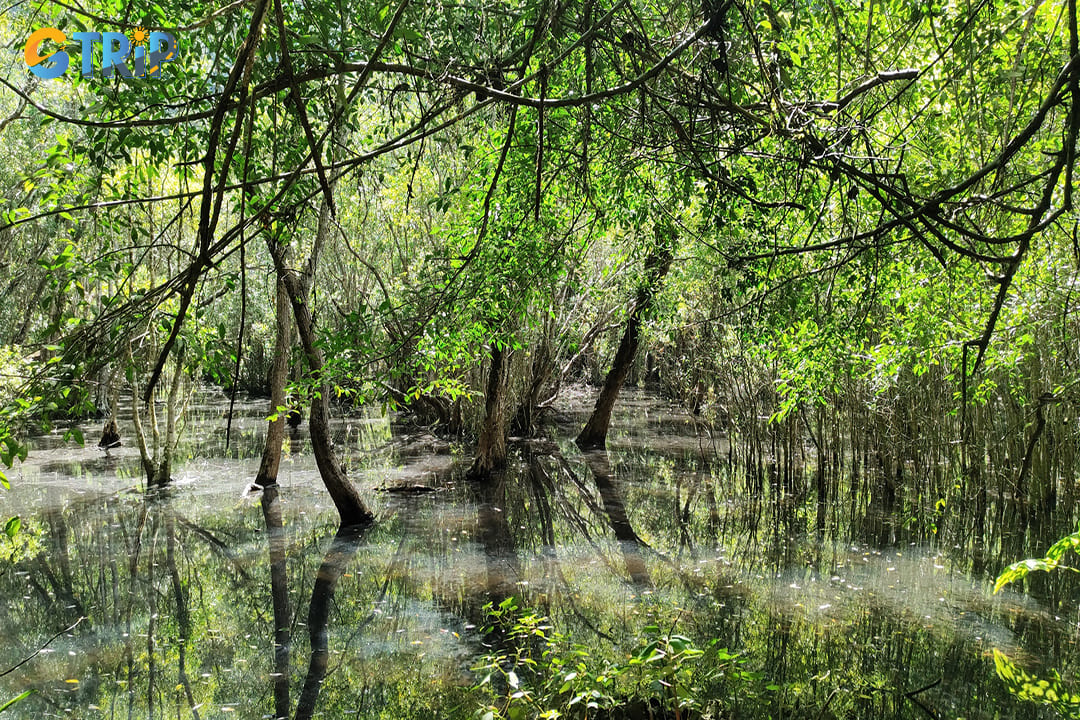
The weather between September and April is typically mild and dry
On the other hand, the months of May to August bring the summer heat, with temperatures rising to 30°C to 35°C (86°F to 95°F), accompanied by a higher chance of rainfall. Though this period may not be ideal for trekking due to the humidity and occasional showers, it can still be an excellent time for eco-tourism activities. Things you can do are go on boat trips around Cat Ba Island or visit nearby beaches like Bai Tu Long Bay. The warmer weather also attracts tourists who prefer the beach vibe, though some may find it challenging to trek during this season due to the hot and wet conditions.
For those seeking to avoid the peak season and enjoy a quieter atmosphere, November to early December is another great option. The park remains calm, with pleasant temperatures, and it’s the beginning of the dry season, offering opportunities to explore the trails and enjoy the peaceful surroundings. Additionally, this is a perfect time for travelers who want to engage in wildlife viewing or discover the unique flora and fauna that thrive in Cat Ba’s diverse ecosystems.
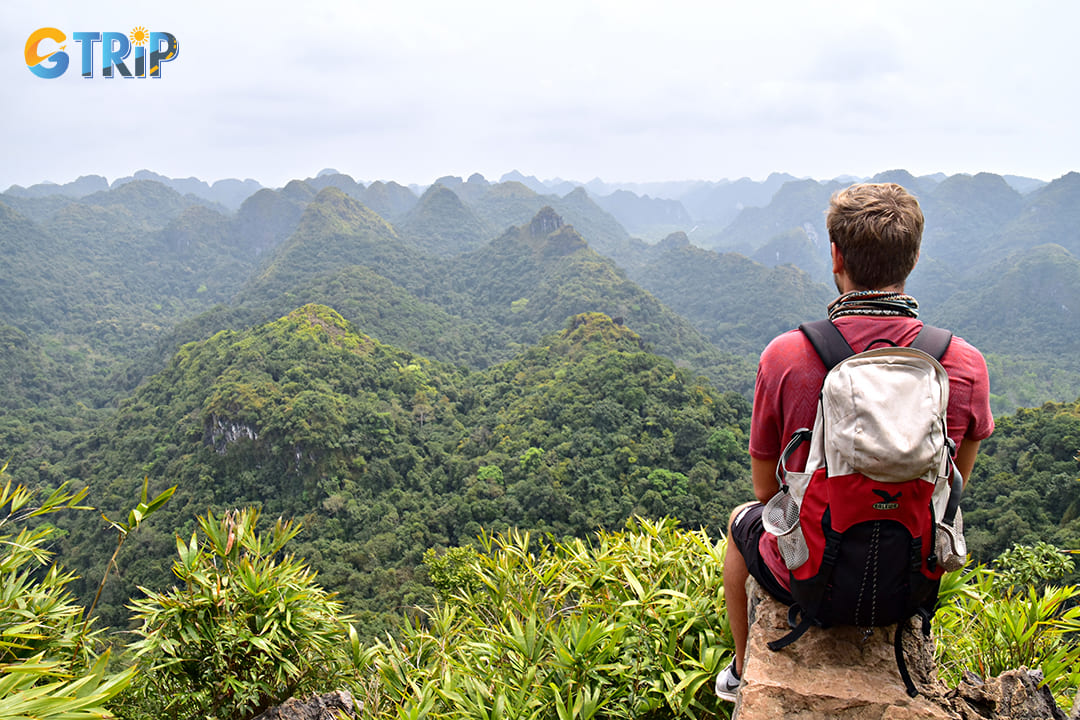
November to early December is perfect for exploring the trails and enjoying the peaceful surroundings
No matter when you visit, be sure to check the Cat Ba National Park weather in advance to plan your trip accordingly. Stay tuned for more tips on how to get to Cat Ba National Park, where we'll guide you through the best transportation options to reach this natural wonder.
How to get to Cat Ba National Park?
How to get to Cat Ba National Park is a common question for travelers planning to explore the natural beauty of this unique destination. Cat Ba Island is situated in the northern part of Vietnam, and while it is relatively close to major cities like Hanoi, it requires a combination of transportation modes to reach the park.
The most common way to get to Cat Ba National Park is by first traveling from Hanoi, the capital of Vietnam, to Hai Phong City, which is approximately 100 km away. From Hai Phong, you can take a ferry to Cat Ba Island. The ferry ride offers a scenic view of the coastline, and the journey typically takes about 45 minutes. Once you arrive on the island, you can easily access the Cat Ba National Park entrance by taxi or bus, which is located about 20 kilometers from the island's main town.
If you're coming from Ha Long Bay, you can take a ferry from Tuan Chau Island to Cat Ba Island, which is a straightforward and picturesque route. For a more adventurous option, you could also drive or take a motorbike from Hanoi through Hai Phong and then continue via the Cat Ba ferry. Be sure to check the ferry schedules in advance, as they may vary based on the time of year.
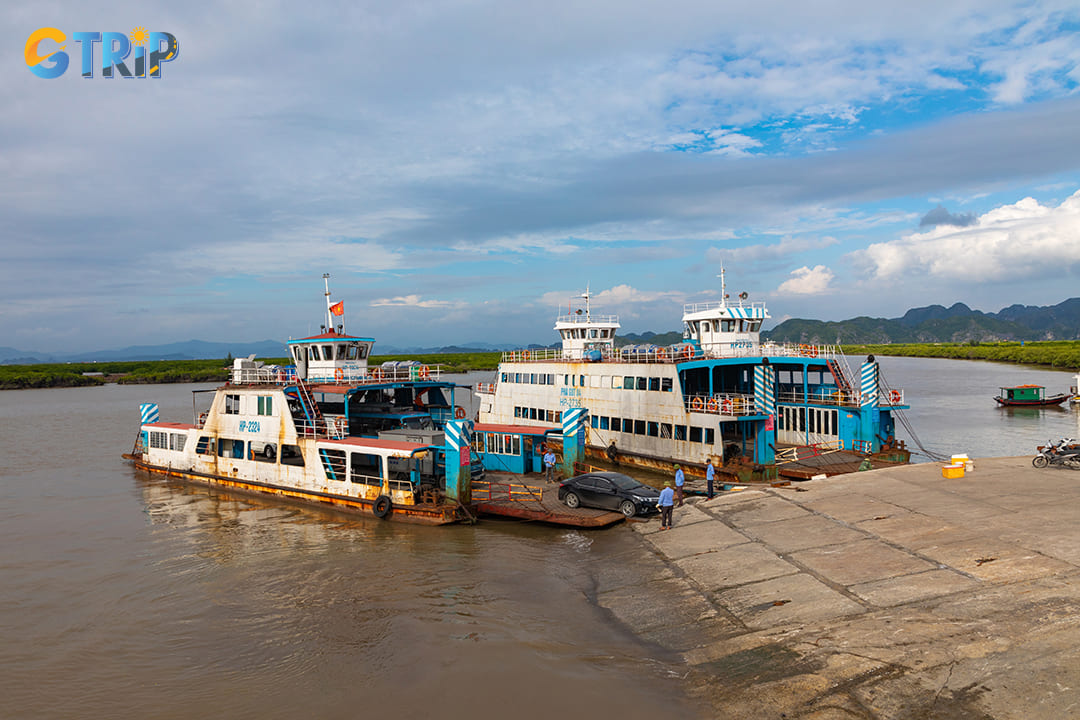
You can take a ferry from Tuan Chau Island to Cat Ba Island
Alternatively, for those seeking a more comfortable option, you can book a guided tour, which often includes transportation to and from Cat Ba National Park. This is especially convenient for tourists who want to enjoy a seamless experience without worrying about logistics. Many travel agencies in Hanoi and Hai Phong offer day tours or multi-day packages, including stops at various attractions such as Bai Tu Long Bay.
When traveling to Cat Ba, it’s essential to keep in mind the local weather conditions. During peak tourist season, from spring to early autumn, transportation options are frequent and reliable. However, during the off-peak months, ferry schedules may be affected by weather conditions. Checking the Ha Long Bay weather forecast can help ensure that your trip goes smoothly. Once you arrive at Cat Ba Island, the Cat Ba National Park is easily accessible, offering you a range of activities including trekking and eco-tourism experiences. The next step in your adventure is to plan for the Cat Ba National Park entrance fee and regulations.
Cat Ba National Park entrance fee and regulations
When planning a visit to Cat Ba National Park, it's important to be aware of the entrance fees and regulations to ensure a smooth experience. The entrance fee to the park is typically a small charge that helps maintain the park's infrastructure and conservation efforts. As of now, the standard Cat Ba National Park entrance fee is around 80,000 VND/person ($3.15). These fees may vary depending on specific activities, such as guided tours or access to certain trails, so it is always a good idea to check the latest information before planning your trip.
Tourist regulations are in place to protect the park’s natural beauty and biodiversity. Travelers are expected to follow the designated trails to prevent damage to the delicate ecosystems, especially in areas like the Cat Ba trekking trails and wildlife viewing spots. It's also crucial to refrain from disturbing the flora and fauna, including endangered species like the Cat Ba langur, a symbol of the park’s rich biodiversity. You can learn more about these species and how to best experience them in Cat Ba National Park through eco-friendly tours that promote responsible travel practices.
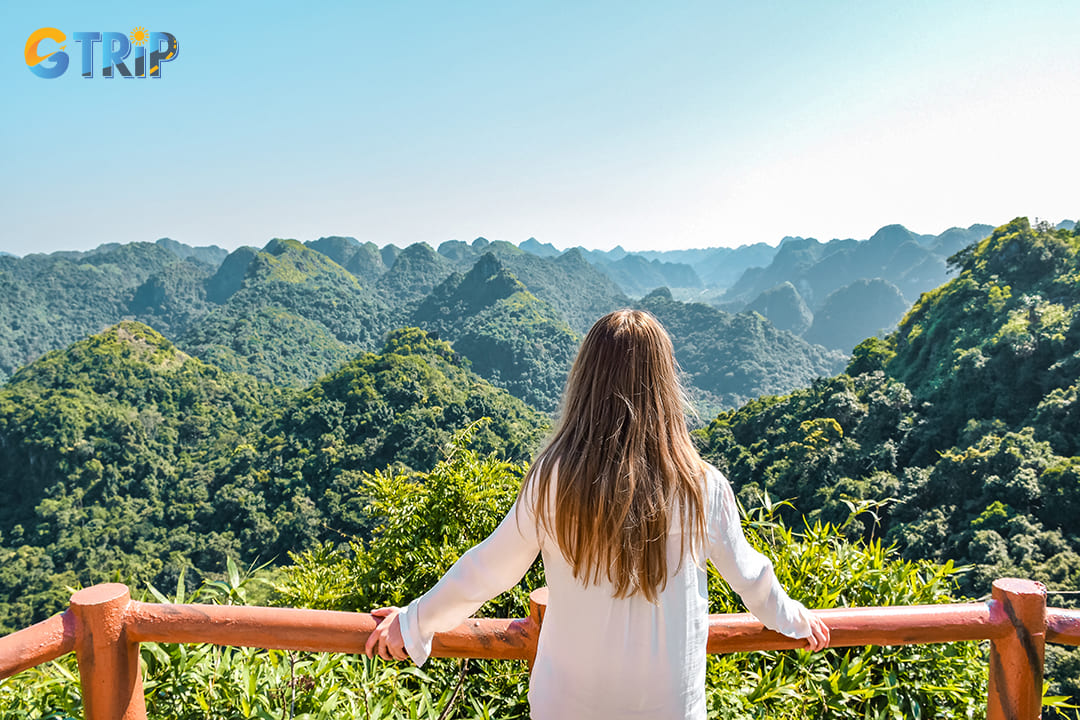
Tourists should follow regulations to ensure a smooth experience
For those looking to enhance their trip, participating in eco-tourism in Cat Ba is a great way to enjoy the park responsibly. Tourists should carry reusable water bottles, avoid littering, and ensure that their activities do not harm the environment. Cat Ba National Park tours offer an excellent opportunity to experience the beauty of the park while supporting sustainable travel initiatives. Also, you should make sure to check if the Cat Ba National Park entrance fee includes any additional activities, such as boat tours or hikes.
Before heading out, be sure to have a clear understanding of the Cat Ba National Park rules and regulations to help preserve the park's pristine condition for future generations. For example, swimming or fishing is not allowed in some areas, and park authorities may restrict access to certain parts during the rainy season to minimize environmental impact.
Best hiking routes in Cat Ba National Park
When exploring Cat Ba hiking trails, you'll find a range of routes that offer unique experiences and stunning views of the island's rugged landscape. One of the most popular and scenic hikes is the Cat Ba trekking trail leading up to Ngu Lam Peak, the highest point in the park. Hikers are rewarded with breathtaking panoramic views of lush forests, limestone karsts, and the surrounding landscapes. This trail offers a perfect blend of natural beauty and challenging terrain, making it ideal for those seeking an immersive experience.
The Cat Ba National Park Headquarters - Frog Pond - Viet Hai route is the park's longest, believed to stretch about 12.2 kilometers. This trail provides an extensive exploration of the park, taking you through vibrant flora and fauna while experiencing the serene, untouched wilderness of Cat Ba. It's an ideal route for those who want to experience the full breadth of the park’s ecosystem and enjoy a longer trek.
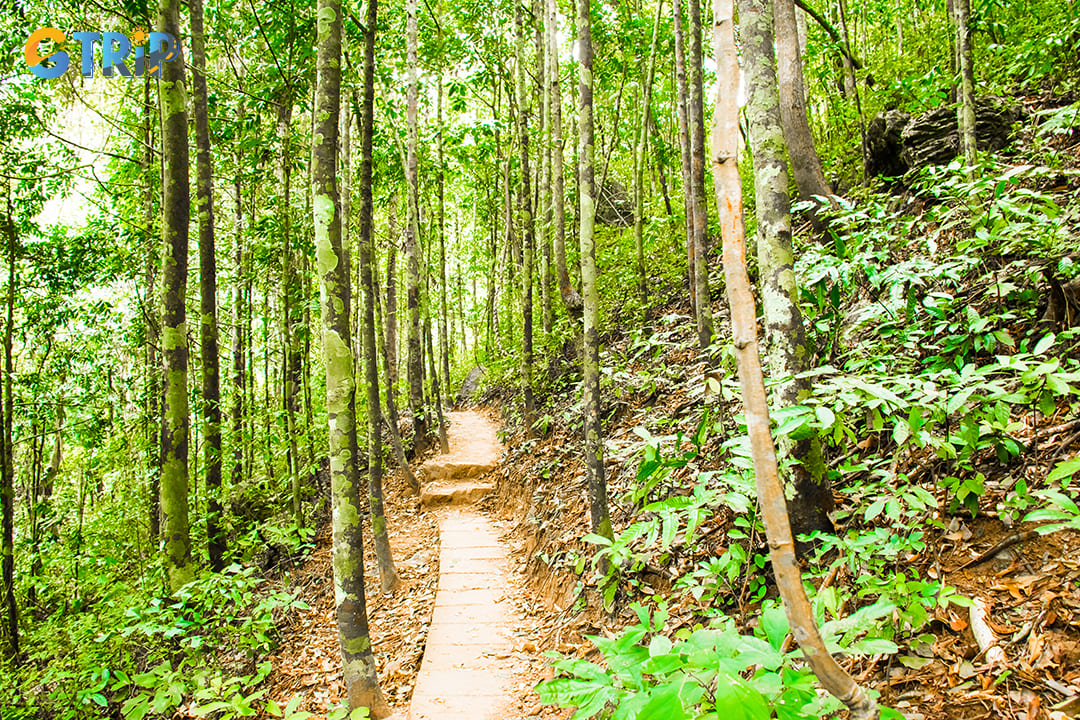
One of the most popular and scenic hikes is the Cat Ba trekking trail leading up to Ngu Lam Peak
Another great trail to consider is the Ngu Lam Loop, which offers a circular route with views of both the peak and the forest areas. Along this path, hikers encounter diverse wildlife and plant species, showcasing the park's rich biodiversity. For a more adventurous trek, the Trung Trang Cave trail leads you to one of the park’s famous caves, filled with impressive stalactites and stalagmites. This route is perfect for explorers looking to combine hiking with a touch of spelunking.
The Navy Peak trail is another favorite for those seeking a moderate challenge. It provides a fantastic opportunity to witness some of the most stunning views of Cat Ba Island, particularly from the peak. Lastly, the Di Ao Each trail offers a quieter, more peaceful hike through some of the island’s lesser-visited areas. This trail is great for hikers who prefer solitude and a more tranquil environment.
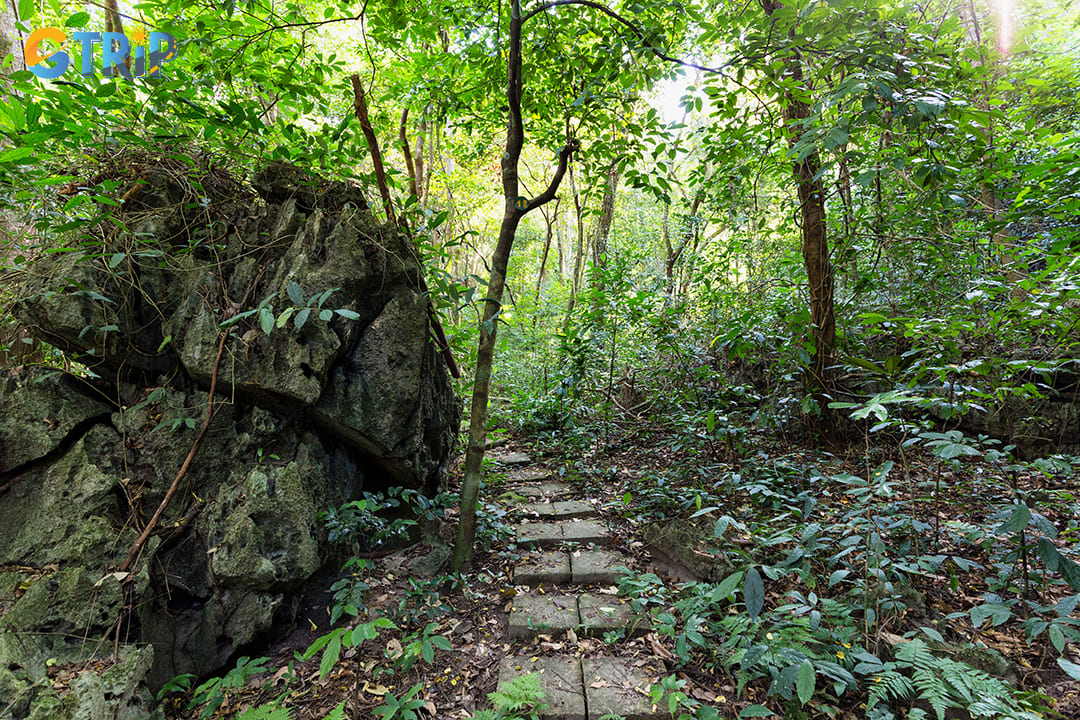
Every trail provides an extensive exploration of the park
For those interested in a more unique experience, guided Cat Ba National Park tours can provide expert knowledge about the area’s diverse ecosystems and history. These tours often combine hiking with boat trips, allowing you to explore the island from different perspectives. After your trek, you may want to relax and explore more of Cat Ba Island, which offers beautiful beaches like Ti Top Beach and Minh Chau Beach.
Accommodation near Cat Ba National Park
When planning your visit to Cat Ba National Park, finding suitable accommodation near the park is essential to enhance your experience. Fortunately, there are a variety of lodging options in close proximity to the park that cater to different preferences and budgets.
For those seeking a more rustic and eco-friendly experience, Cat Ba eco-lodges are a fantastic choice. These eco-conscious lodgings are designed to offer a comfortable stay while minimizing environmental impact, making them ideal for nature lovers. Many of these eco-lodges are located on the outskirts of Cat Ba Town, offering easy access to the park and allowing guests to enjoy the peaceful surroundings of the island's natural beauty.
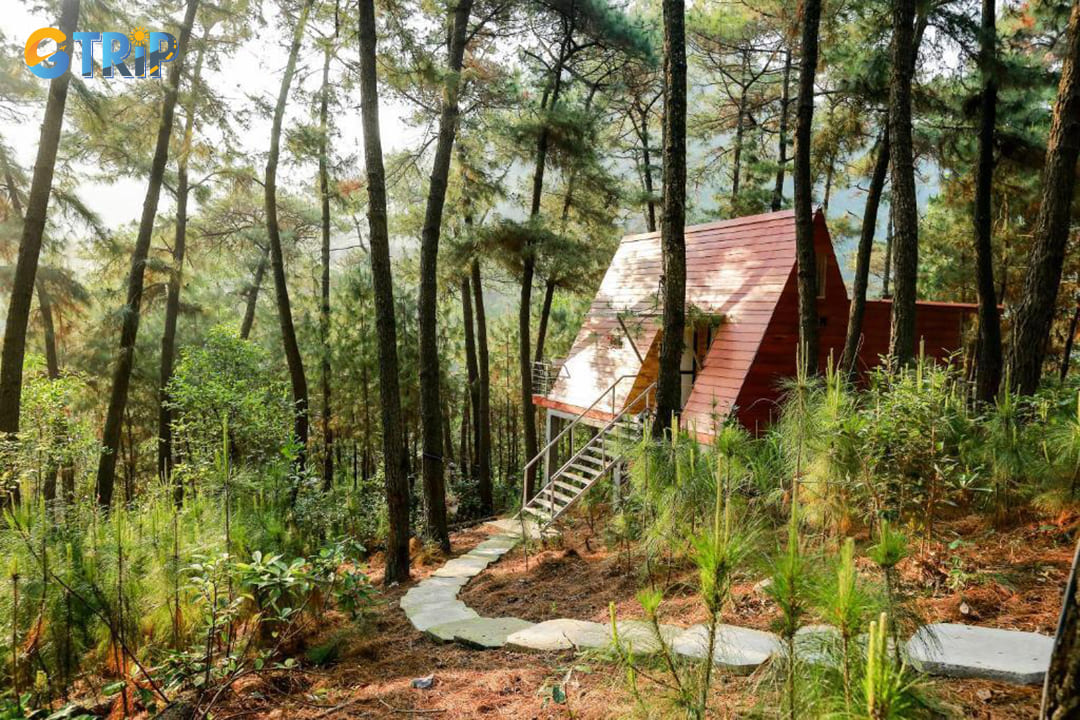
Cat Ba eco-lodges are a fantastic choice for those seeking a rustic and eco-friendly experience
For travelers preferring a more traditional hotel experience, Cat Ba hotels provide a range of amenities, including comfortable rooms, restaurants, and tour services. Many of these hotels are strategically located near the main town, making it convenient to access the park's entrance and explore the nearby beaches. Some hotels even offer guided tours, ensuring guests have a well-rounded experience of the island, from trekking through the park to visiting nearby attractions. Accommodation near Cat Ba National Park is often favored for its proximity to various hiking routes and scenic spots. If you're planning on trekking the park's trails, staying in these accommodations allows for easy access to the park's diverse landscapes.
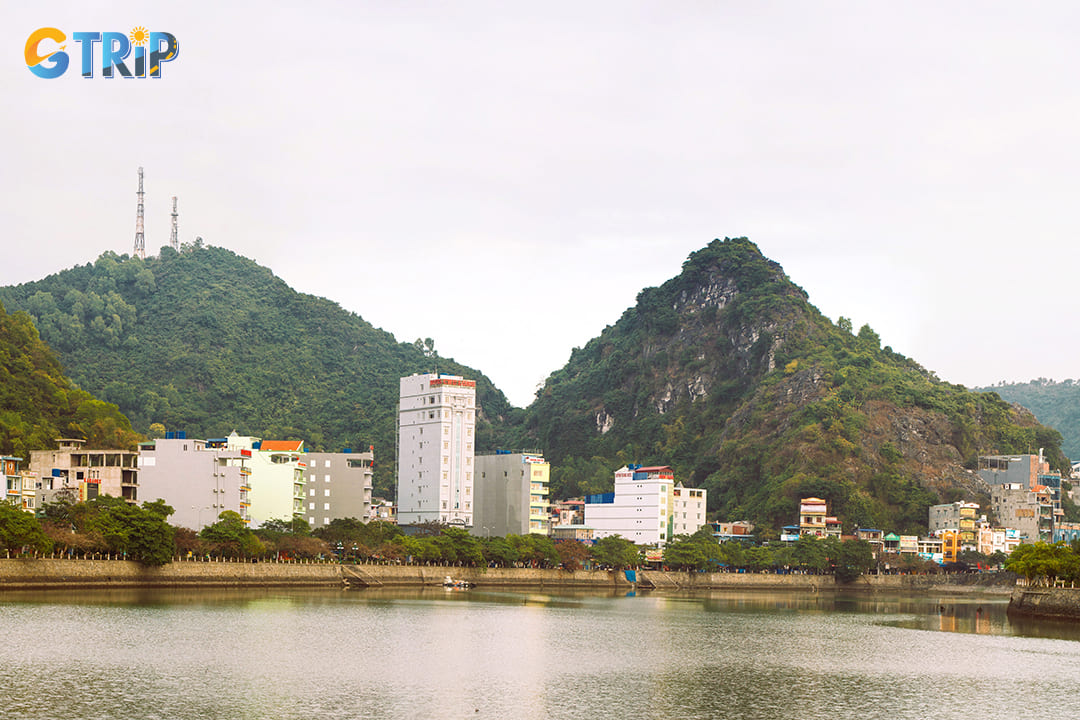
Cat Ba hotels provide a range of amenities, including comfortable rooms, restaurants, and tour services
In addition to hotels and eco-lodges, there are several charming guesthouses that offer budget-friendly stays. These provide basic amenities but are a great option for those traveling on a tight budget. Staying in Cat Ba Town allows you to explore the vibrant local culture, with restaurants serving fresh seafood and shops selling local handicrafts.
Nearby attractions to Cat Ba National Park
Cat Ba Island offers more than just its stunning national park. For people looking to extend their adventure beyond the park's trails, there are several nearby attractions worth exploring. The island’s unique location in the Gulf of Tonkin provides easy access to both natural wonders and cultural landmarks, making it a perfect destination for diverse experiences.
One popular site is Tien Ong Cave, known for its historical significance and spectacular limestone formations. A trip here can be an excellent addition to your visit to Cat Ba National Park, offering a mix of natural beauty and fascinating geology. For those interested in coastal relaxation, Bai Tu Long Bay, located just a short distance from Cat Ba, is home to pristine beaches and crystal-clear waters. The bay offers a more serene alternative to the often-crowded Ha Long Bay, providing an ideal place for peaceful exploration.

Bai Tu Long Bay is home to pristine beaches and crystal-clear waters
For a more cultural experience, head to Cua Ong Temple, which is located nearby and holds historical importance. This ancient temple is dedicated to local deities and provides you with a glimpse into the spiritual life of the region. If you’re looking to learn more about the local culture, the Quang Ninh Museum in Ha Long City is a must-visit, offering exhibits on the history, art, and culture of the area. It's a great way to round out your experience in Cat Ba with a deeper understanding of the region's heritage.
Additionally, you can explore Ti Top Beach, which is known for its panoramic views of Ha Long Bay. The beach is a great spot for unwinding after a long trek in the park or to enjoy a quiet evening by the sea. Don’t miss a visit to Sung Sot Cave, one of the largest and most impressive caves in Ha Long Bay, renowned for its massive stalactites and stalagmites. It’s a fantastic option for those wanting to explore further geological formations while enjoying the natural beauty of the area.
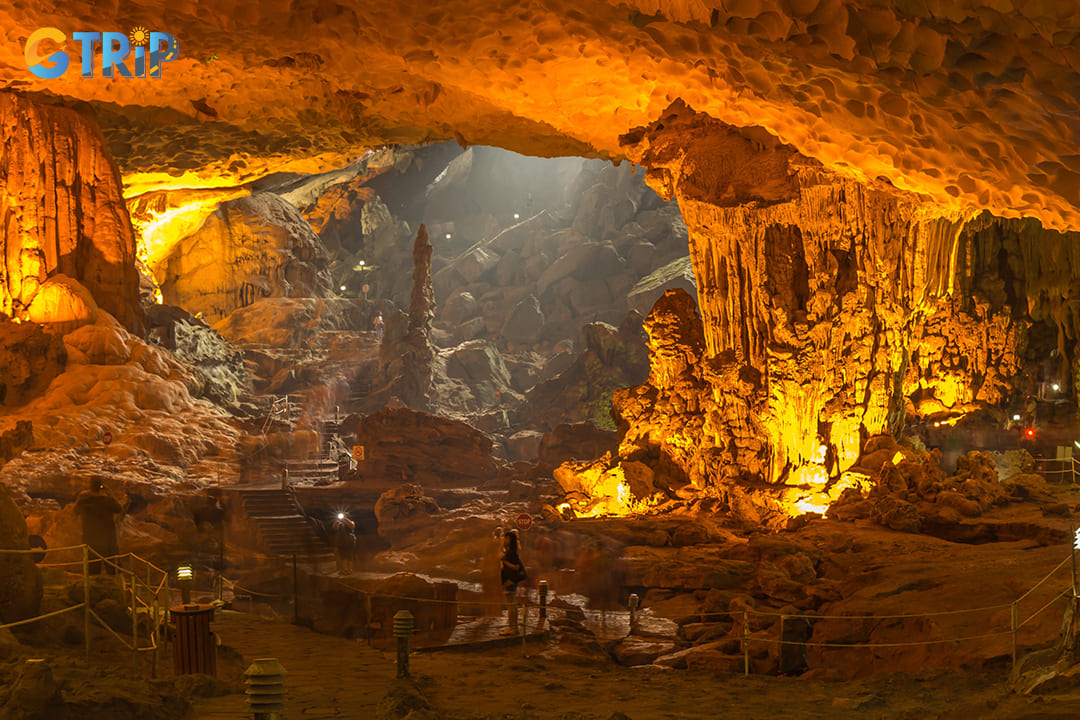
Sung Sot Cave is one of the largest and most impressive caves in Ha Long Bay
As you explore these Cat Ba Island attractions, you’ll be captivated by the diversity of landscapes, from lush forests and rocky coastlines to vibrant cultural sites. Once you’ve explored the many outdoor activities, don’t forget to plan a visit to the nearby Bai Tu Long National Park. It offers an untouched and equally impressive natural setting to continue your adventure.
FAQs about Cat Ba National Park
Cat Ba National Park FAQs address some of the most common questions travelers have when planning a trip to this stunning natural reserve. This section provides quick answers to ensure your visit to Cat Ba National Park is well-prepared and enjoyable.
Can I go trekking in Cat Ba National Park?
Trekking Cat Ba National Park is one of the most popular activities. The park offers several well-marked trails that lead through dense jungles, limestone mountains, and scenic views. One of the most popular trails is the one leading to the peak of the park, where you can enjoy panoramic views of the island and surrounding waters.
What wildlife can I see in Cat Ba National Park?
Cat Ba National Park is home to a variety of wildlife, including rare species such as the Cat Ba langur, a critically endangered primate. The park is a sanctuary for wildlife lovers, offering opportunities to see unique animals in their natural habitats.
Are there guided tours available in Cat Ba National Park?
Yes, guided tours are available for those looking to explore Cat Ba National Park with the help of experienced local guides. These tours often include wildlife watching, trekking, and educational talks on the park's biodiversity. Choosing a tour can enhance your experience and provide a deeper understanding of the park’s ecological significance. For more information about nearby attractions, be sure to check out the Bai Tu Long Bay for stunning landscapes that complement your adventure in Cat Ba.
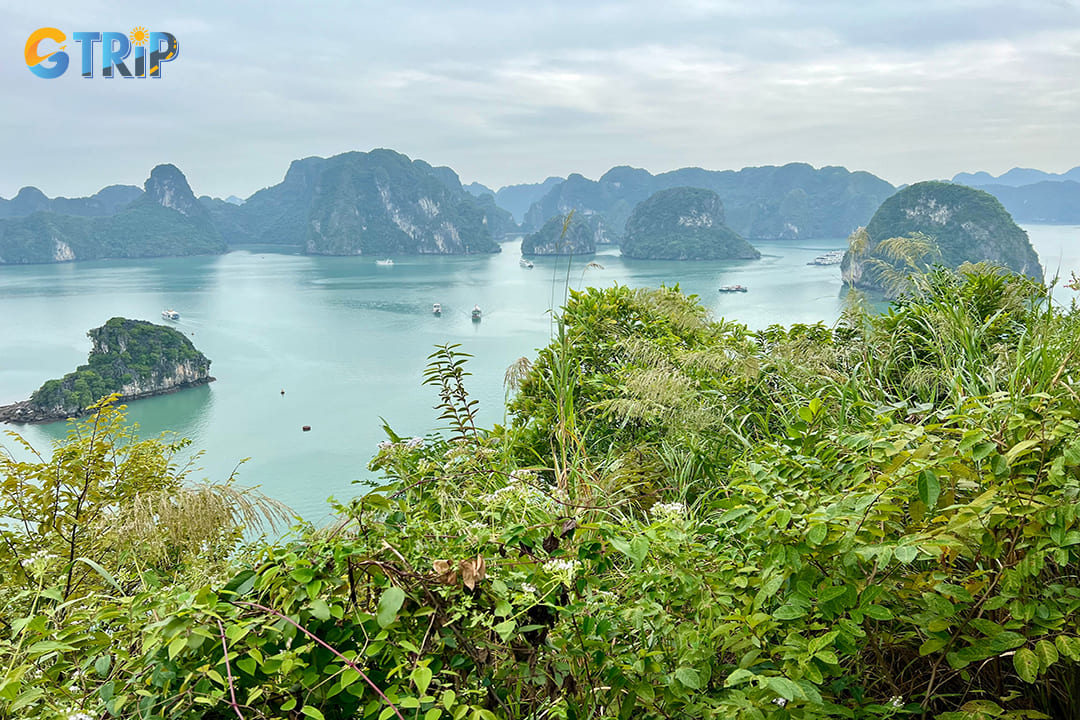
Cat Ba National Park is a stunning natural reserve
Understanding the essentials and Cat Ba National Park travel guide can help you have a smooth visit. Exploring Cat Ba National Park offers a remarkable journey into Vietnam’s rich biodiversity and unique ecosystems. With diverse activities like trekking, wildlife viewing, and eco-tourism, tourists can immerse themselves in the natural beauty and ecological significance of the park. As you plan your visit, remember that GTrip - Vietnam Travel Agency is here to help make your experience seamless and memorable. For those looking to extend their adventure, don’t miss out on exploring the stunning landscapes of Ha Long Bay. Check out our Ha Long Bay tours for a perfect complement to your Cat Ba experience.

